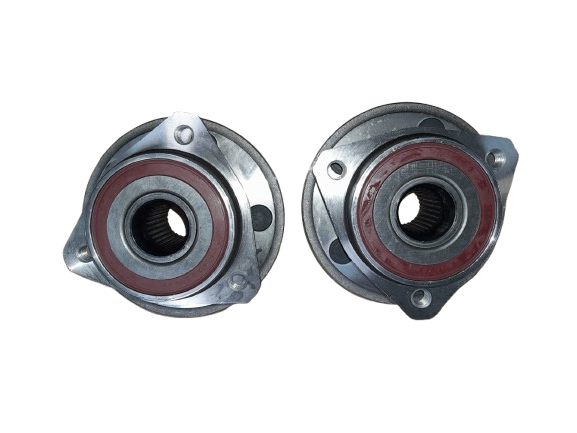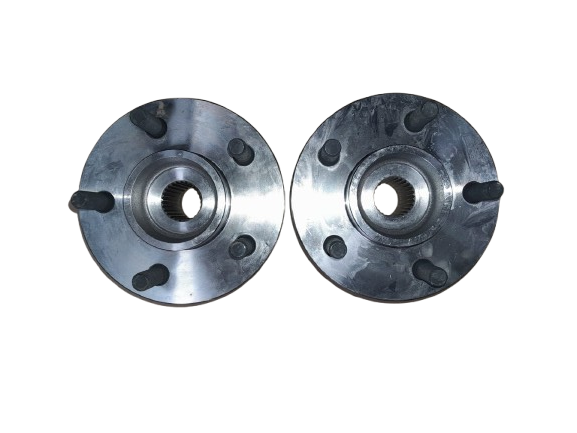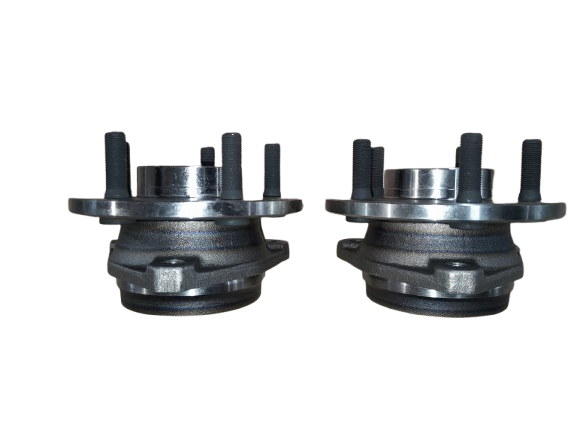


Jeep Cherokee XJ – Rear Wheel / Hub Assembly
The Jeep Cherokee XJ (1984–2001) is known for its rugged unibody design and solid axles. The rear wheel and hub assembly in the XJ is integrated into the rear axle shaft, meaning there is no separate hub as found in many front-wheel-drive vehicles. Most XJs came with either the Dana 35 or the Chrysler 8.25 rear axle. In both cases, the axle shafts are semi-floating, with the wheel studs pressed into a flange at the end of the shaft. This flange serves as the mounting surface for the wheels.
The axle shafts ride on roller or ball-type bearings pressed into the axle housing ends. These bearings are lubricated by differential oil. A bearing retainer plate holds the shaft in place. To service the rear bearing or seal, the axle shaft must be pulled, which requires removing the differential cover, taking out the cross pin, and sliding out the c-clips (on Dana 35s) or unbolting the retainer plate (on 8.25s).
Most XJs came with rear drum brakes, though some late-model or ABS-equipped versions may have rear discs. The bolt pattern is 5×4.5, and the setup is simple, strong, and well-suited for off-road use.
Jeep Wrangler TJ – Rear Wheel / Hub Assembly
The Jeep Wrangler TJ (1997–2006) shares many drivetrain components with the XJ, especially in its rear axle design. Like the XJ, the TJ uses semi-floating rear axle shafts, primarily Dana 35s or Dana 44s in Rubicon or upgraded models. The wheel studs are part of the axle shaft flange, and thus, there is no independent rear hub unit.
The axle bearings are press-fit into the axle housing ends, with lubrication provided by the differential fluid. A retaining plate and seal keep the shaft in place. The axle shafts directly support the vehicle’s weight and transmit torque to the wheels. As with the XJ, to replace rear bearings or seals, the axle shaft must be removed.
Most TJs use rear drum brakes, with disc brakes found on some later models or special editions. The rear bolt pattern is also 5×4.5, making wheels interchangeable with the XJ. Though the TJ uses coil spring suspension, unlike the XJ’s leaf springs, the hub and axle interface remains nearly identical.
Conclusion
Both the Jeep Cherokee XJ and Wrangler TJ feature non-hub rear axle designs with semi-floating axles, press-fit bearings, and integrated wheel flanges. Their simplicity, strength, and shared dimensions make them popular for upgrades and off-road customization.
